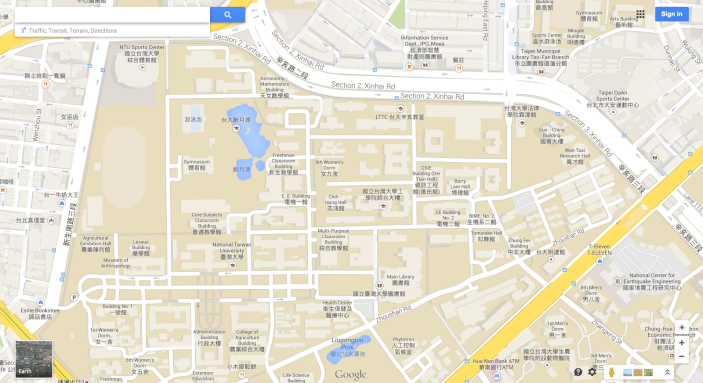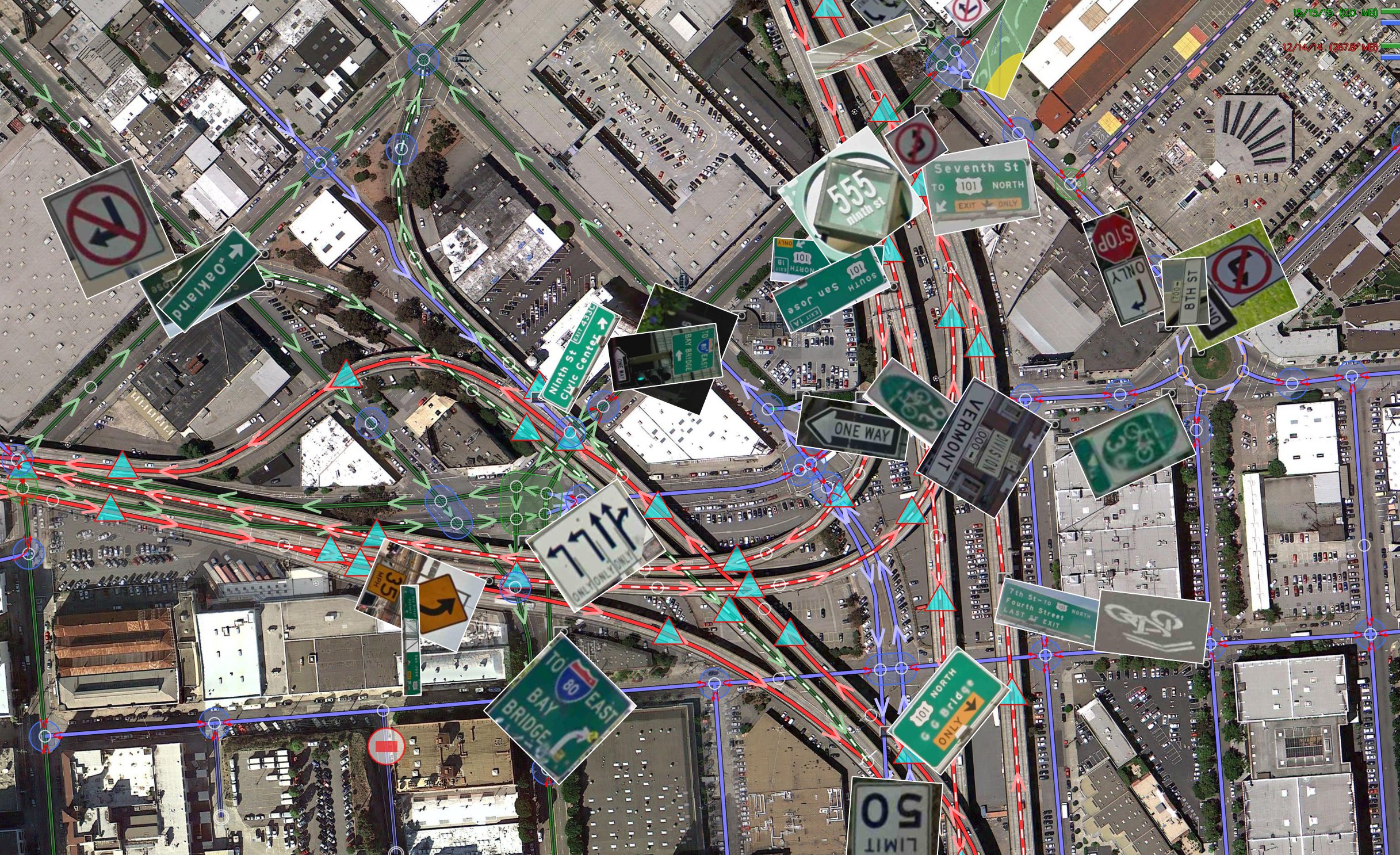
Google Maps rolls out Map Maker & Report a Problem features to Taiwan, Russia and Malaysia
In a blog post today detailing its Ground Truth data collection program for Google Maps, Google announced some new features rolling out to users in Taiwan, Russia and Malaysia. As part of the Ground Truth program rolling out to 5 new countries today, Google is also making its Google Map Maker and Report a Problem features available for users in Taiwan, Russia, and Malaysia to contribute:
Today, we’ve reached our 50th Ground Truth country with the addition of five new countries: Taiwan, Malaysia, Poland, Romania, and the last regions of Russia. We’re also rolling out Google Map Maker and Report a Problem—our crowdsourcing map tools—to Taiwan, Russia and Malaysia, giving anyone in those locations the ability to share and contribute their local knowledge directly to Google Maps.
Google also notes that it will be publishing more articles over the next week sharing more details of how its Ground Truth program and Map Maker work to let others contribute to improving Google Maps.

